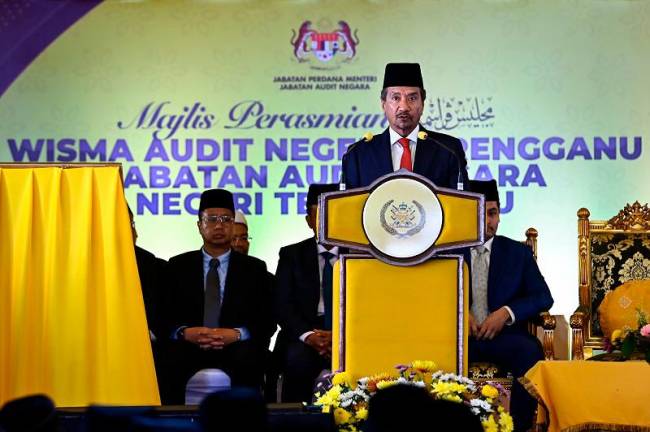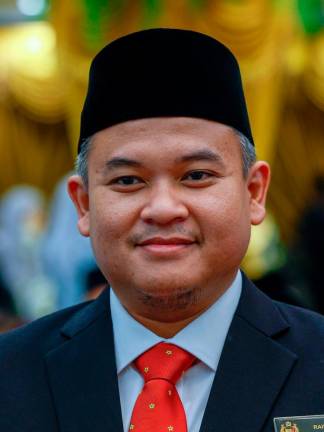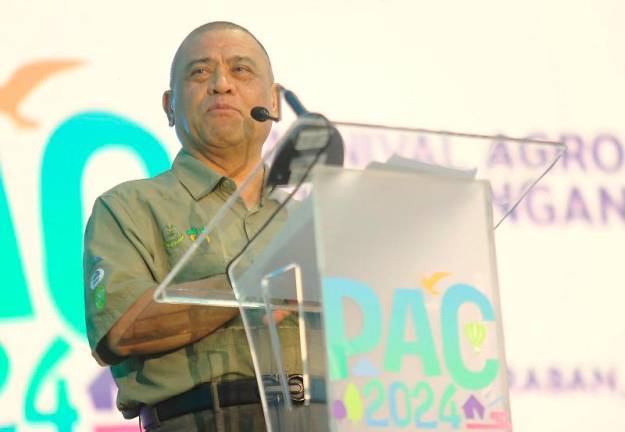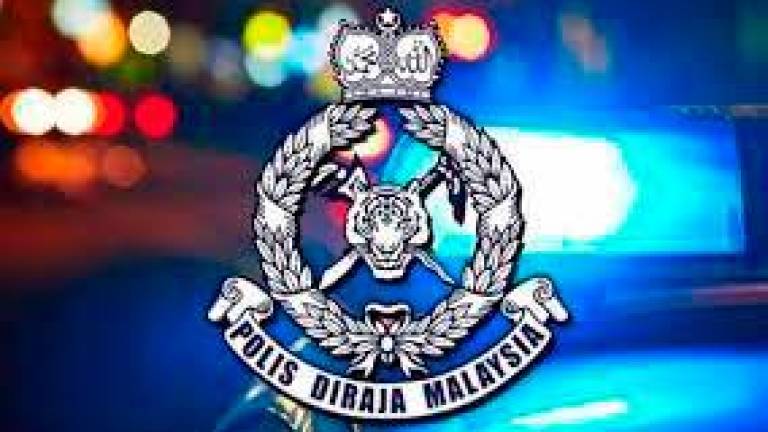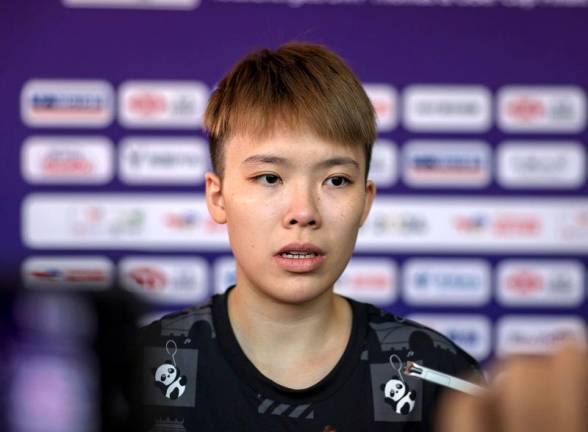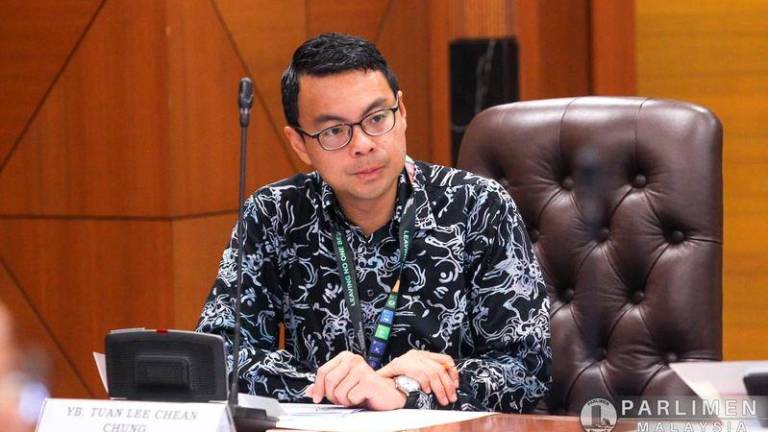I WILL now take you around Banika and describe a typical day on the island. It is nestled in the Russell Islands group in the Central Province of Solomon Islands. From the office, you can see the undisturbed sea on a sunny morning.
It is a pleasant drive along the shore in the Range Rover, with coconut trees leaning over the water and a rugby field on the right, which also serves as a golf course.
Leaving that behind, you come to another part of the shore, a long beach that stretches some way. It is usually not suitable for swimming due to the strong winds causing high waves to build and crash with a roar.
This is where you leave the sea and the road goes up a slope to the other side of the island. At Shark Point, the sea slams into the cliffs, sending sprays in the wind. Below, sharks would gather when we slaughter cattle every Wednesday for the butchery. The stockmen would bring the offal and heads, casting them over the cliff, and you can watch the fights below for the entrails.
Turning inland, where more coconuts grew, cattle would graze, serving as weeding machines, with electric fencing to keep them in.
The cattle-feed trial area is close to the place where different cover crops are planted and the cattle are weighed. You can see some lying among the Centrosema legumes, chewing their cud.
Where the coconut palms are matured, the legumes did not grow, and other plants would try to grow, such as Siam weed, Chromolaena odorata, Lantana camara and the invasive blue rats tail, Stachytarpheta urticifolia. In many places, Solanum torvum (terung pipit), called devils’ figs, can spread fast, and have to be sprayed.
I recognised the fruit – small round eggplants that I relish in Thai green curry. The islanders did not eat them as they had other food such as yam, bananas and pineapples planted on the slopes of an old volcano, which they supplied to the weekly market by the jetty.
Along the way at Lingatu, by the cove, a finger of calm sea went up to the grass edge, and there is a pen for cattle before they are shipped to the market in Honiara.
Further, you can pass the edge of a marsh, and the people know that apart from the shy blue and red swamp hens that hunted there, it was also a hiding place for crocodiles.
For other unseen hazards, only the islanders would know. These spots were the sites of the world war battles and now only small clearings remained, with some lime trees that fruited heavily but no islander would dare to pick. They would not call each other when near the area in case the spirits would know their names.
The island also had mature cocoa trees, growing under coconut trees for shade. If I came across a gang of harvesters headed by Baia, the bossman originally from Kiribate, I would stop to see how they plucked the pods with a pole and a hooked blade and bagged the wet beans which went to the fermentary by the jetty.
Once a month, a cargo ship from Bankline would call and pick up the copra and cocoa beans. Usually, it was the 15,000-tonne Ivy Bank. It would be tied fast for three days, engines running softly, with the cranes loading cargo. I had been up the steps to the bridge, a cool sanctuary of quietness like a hotel presidential suite, with the wheel at the centre, next to the charts and screens with green and red numbers.
Back in my office, at the end of the long white building, I would switch on the air-conditioning and the radio, playing island songs.
With a press of the bell, Kamelo from the club at the other end of the building would bring my cup of coffee. The club was where management gathered after work to chat, play snooker or read from the library, watched over by the regal portrait of Queen Elizabeth II above the bar.
I would light my pipe and pause to look at the in-tray. There would be only a few letters or brief telexes from the head office in London. If it was about management changes, pay or the next union negotiation, the key points would be in code. I had a blue book which had the answers.
For lunch, I would drive up the gentle slope to the bungalow where John Debalemi, the cook approved by my wife, would have the table ready. The dining room near the kitchen, with a living room that led to a wing of three bedrooms and two wings would catch the sea breeze.
For breakfast, he would serve fruits from the garden, usually a choice of grapefruit, mangoes, bananas, papaya and soursop. For lunch, he knew what to cook, getting the kingfish from the freezer or tinned sardines and corn beef from the larder that my wife had filled before she left.
She had gone back to Kluang with young Anwar as two other children were at school. Her shopping was done in the Chinatown of Honiara.
Near Honiara, on Guadalcanal, the company also had coconut and cocoa plantations, which extended to Red Beach, the scene of fierce fighting and a turning point in the Pacific War. The sand was for some weeks red but is now back to its natural black sand or grey volcanic pumice that washed ashore.
At a place called Hell’s Point, a big underground store of bombs and ammunition blew up during the war, but not all the bombs went off. Some were recovered, together with the bones of American and Japanese casualties. The Henderson airfield was fought over, it was within the property but handed to the government. We were a large company in a small country.
One of the plantations was in Kolombangara, a volcanic island in the Western Province, which was also rich in timber, and Unilever had a logging operation there under a subsidiary.
In the south, many days away by ship, were coconut and cattle on the island called the Three Sisters. They were approachable by plane to Star Harbour and then by canoe in the open sea.
The only entrance to the main island was a small pass at the reef. I was told that with the right timing and helped by a following wave, the canoe can shoot through and enter a calm and blue lagoon. I have to ride on that canoe and see that lagoon. However, it had to be put back for a few days as I received an invitation to meet Her Majesty, Queen Elizabeth II.





